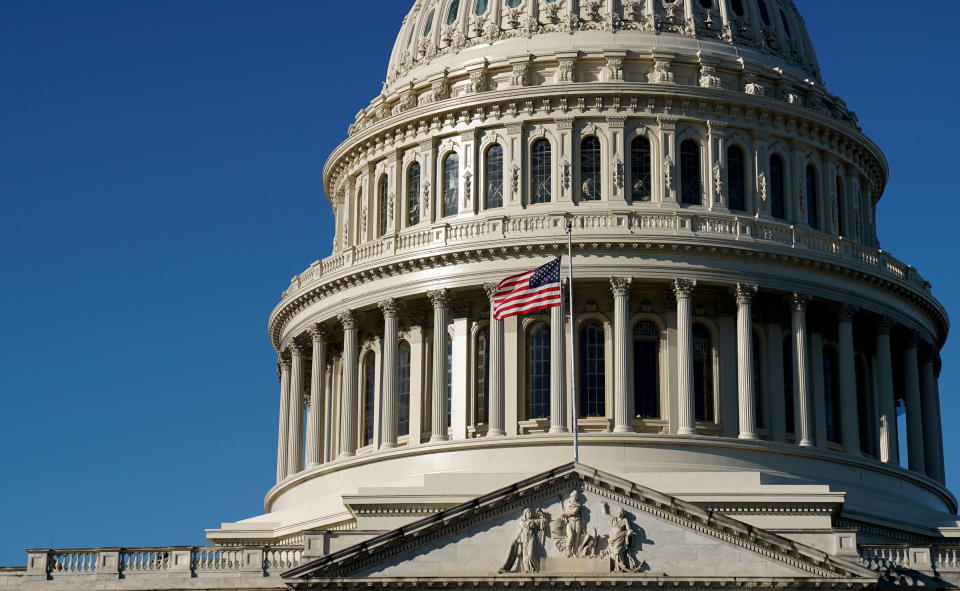Democrats May Use Short-Term Funding Bill to Suspend the Debt Ceiling

Funding for a good chunk of the federal government runs out when the fiscal year ends on September 30, and the White House is reportedly pushing Congress to pass a short-term continuing resolution to keep the doors open this fall while lawmakers negotiate a full-year plan.
More than just short-term funding: Democrats are reportedly considering using the next continuing resolution to do more than just keep the government open. According to Politico, the White House wants to include a suspension of the federal debt ceiling in the resolution, along with relief funds for hurricane victims and Afghan refugees, effectively daring Republicans — who have declared that they will not vote to raise or suspend the debt limit, despite warnings from the Treasury on the dire need to do so soon — to vote against it. The resolution would need 60 votes to pass the Senate, which means at least 10 Republicans would have to vote yes.
“The posture from the president on down is setting up a game of chicken with incredibly high stakes — if a vote to suspend or increase the debt limit fails, the U.S. economy will likely crater,” Politico’s Laura Barrón-López and Christopher Cadelago write.
The use of continuing resolutions has become more or less standard operating procedure in Washington. As Axios’s Stef W. Kight reports, the legislative tool has been used in 42 of the last 45 fiscal years. In some years, there are multiple continuing resolutions, each lasting just a few days or weeks. Over the last four decades, the short-term approach was used most frequently in 2001, when 21 continuing resolutions were passed.
Whatever approach Democrats take, expect to see action soon. The government will need to be funded starting October 1, and the U.S. could face the threat of default due to spending limits imposed by the debt ceiling just a few weeks later.

 generic
generic 